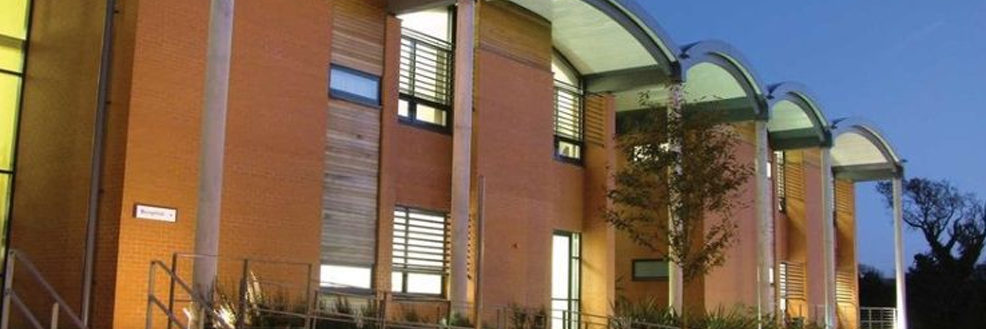Hong Kong’s Independent Commission Against Corruption (ICAC) is forty years old this year. This has subsequently prompted plenty of discussion in China as to whether the mainland can learn from the ICAC’s successes. Being realistic, any suggestion that the ICAC model can be transferred to mainland China is almost certainly wide of the mark. If Chinese officials want to seriously tackle corruption, then they are going to have come up with more innovative ideas than that.
Hong Kong’s ICAC has a formidable reputation. A recent scandal about the inflated expenses of Timothy Tong (see here) may have caused a degree of consternation at home, but when anti-corruption agencies are discussed outside of Hong Kong, it is never long before the ‘ICAC Model’ is mentioned. The ICAC is the Rolls Royce of ACAs. It therefore shouldn’t be too much of a surprise when questions are asked about what China can learn from the ICAC’s experience. Given the way contemporary China works, the answer to this question is straightforward; very little.
If an ICAC-like model were to have any traction in Beijing, then China’s entire system of governance would have to be re-shaped and re-moulded. It would have to be given an independence that would place it above and (far) beyond the Central Commission for Discipline Inspection (CCDI). It would need to have strong leadership and ample resources. And, most importantly, it would need to be free from political interference. With the best will in the world, any Chinese ICAC is not going to be granted these things.
Practical moves to tackle corruption in China will therefore have to begin from rather different starting points. One such method is to genuinely empower citizens to report on any incidences of corruption that they’ve experienced. All anti-corruption campaigns claim to want to empower citizens, but very few do so in anything more than a superficial way. One approach that might have mileage in China, however, can be found in Lahore, Pakistan. Corruption in land transactions in particular reached such proportions in the capital of Pakistani Punjab that the Chief Minister, Shahbaz Sharif, introduced a system (the ‘Citizen Feedback Model’) that would enable citizens to report back on corrupt transactions. The Lahore authorities created a private organisation to send everyone who had dealings with local government offices a so-called ‘robo-call’ (you have to sign up, and be able to speak Urdu, but you can hear it here!) from the Chief Minister, and then a text asking them to report back on the quality of the service that they received, and, most pressingly, whether they were asked to pay a bribe.
Over 2.1m text messages have been dispatched since 2010 and over 8,000 cases of corruption have been reported. From that the quango can create so-called heat maps, illustrating where bribes tend to be demanded and how much has generally been paid. The statistics aren’t there solely to enable law enforcement to arrest those corrupters who have been regularly mentioned, rather the aims are more subtle. On the one hand, public servants who are suspected of feathering their own nests can be tested out by so-called ‘mystery customers’. Corrupt officials can then be caught in the act. On the other hand, the very knowledge that the text message service exists is hopefully enough to channel the minds of some potential bribers. The system therefore has both carrots and sticks in it, as well as a degree of subtlety.
The Lahore system clearly can’t simply be transposed on to the whole of China. It does, however, have the advantage of empowering citizens to take action. It subsequently also doesn’t go against the ethos of the current anti-corruption drive.
One of the things that successful anti-corruption work has to do is under-promise in the hope of over-performing. All too frequently anti-corruption in practice does precisely the opposite; over-promise but ultimately under-achieve. The Lahore experiment with anti-corruption by text message might be one small way that China could begin to make progress.
Dan Hough
University of Sussex


Leave a Reply